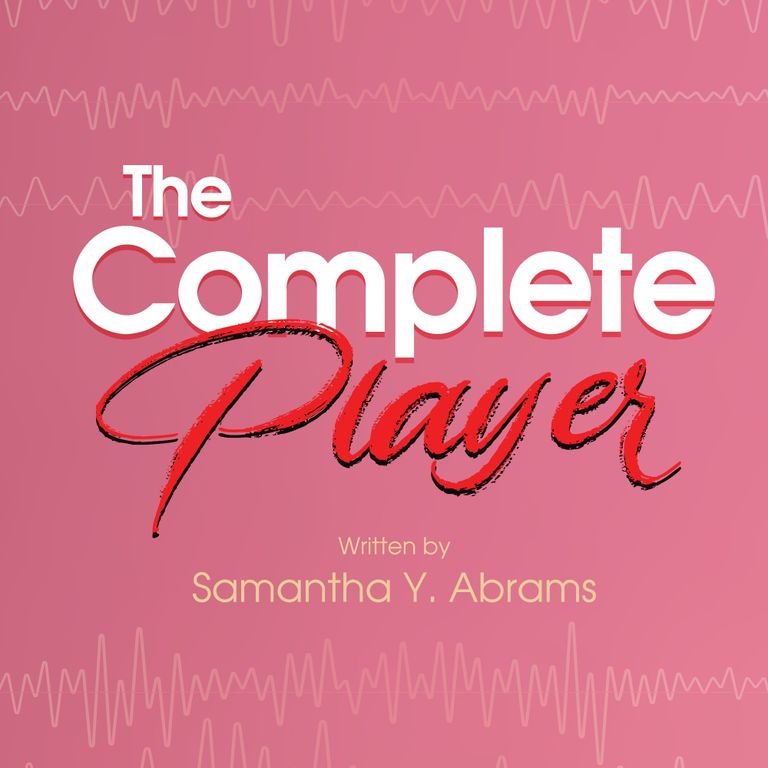
Chapter Outline
CHAPTER 1 | THE PSYCHOLOGY OF THE GAME
This chapter sets the platform for science as it applies to love and sex using evidence from clinical studies designed around how humans process monogamy, morality and emotions. The section associates how these brain processes are impacted by the vulnerability and masculinity presented in a romantic user-giver relationship. This lends invaluable insights into why we allow toxicity into our sex lives. Lastly, this exciting chapter finally provides a relatable explanation of love as defined by science.
CHAPTER 2 | THE OBJECT OF THE GAME
This section uses the psychology behind body language, words and money to define the object and intent of both parties, the player’s and the mark’s and evaluates their propensity for victory or failure. It breaks apart the stages and forms of seduction used to attract a mark and also explains the psychology that makes a mark either effortless or impossible to conquer.
CHAPTER 3 | THE BIOLOGY OF THE GAME
The longest chapter in the book, this biology section is where a basic lesson in neurology is necessary and valuable to understanding why and how neurochemistry makes a huge impact on an individual’s emotional life. This section spells out how our brain helps us learn, form emotions and opinions, process sexual encounters, relate to other people and fall in and out of love, among others. These small lessons tell an amazing tale of the stark differences between the sexes as you learn that men and women perform most of these actions using different strategies and regions of the brain. This section plainly explains why it’s so difficult for the sexes to relate, especially on issues around sex. Notably, it explains why women aren’t crazy and men aren’t stupid. Alas, we’re just two different sides of the same coin.
CHAPTER 4 | THE SEX OF THE GAME
This short chapter takes a look at what the brain does while we experience attraction, sex, sexual desire and sexual fantasy and uses that data to explain how these processes affect your love life. That is, it describes how your physical and mental life influences the way you feel about sex and the people you have it with.
CHAPTER 5 | THE SIGNS OF THE GAME
Here is where the book provides an interpretable outline of typical behaviors associated with characters that use others for sex. In whole, this section is more of a means to gain further insight and not so much a checklist of what to look out for if you suspect you may be in a one-sided love relationship. In fact, there is no such checklist on earth that is viable considering everyone’s story is unique, however, this chapter gives you a few common red flags along with some sound, philosophical advice and soulful reminders about when and how to follow your own gut. There’s definitely a skill to it.
CHAPTER 6 | EVERYONE’S RECOVERY
This chapter covers a range of topics associated with emotional recovery. It dispels the myth of expectations and invites eradicating irrational thought around a toxic love interest. It also explains the pain plaguing both sides of this illicit game by exposing implications of sexual dysfunction, poor self-image, drug and alcohol addiction, moral perception, among others and describes how these conditions are translated in the brain. It explains, not only how we should expect to feel, but also how our brains mend themselves during and after emotional suffering. This section helps the reader understand that when dealing in emotional recovery, our brains can offer an equal amount of help and harm. Knowing the difference is vital to stitching yourself back together sooner rather than later.
We need your consent to load the translations
We use a third-party service to translate the website content that may collect data about your activity. Please review the details and accept the service to view the translations.

